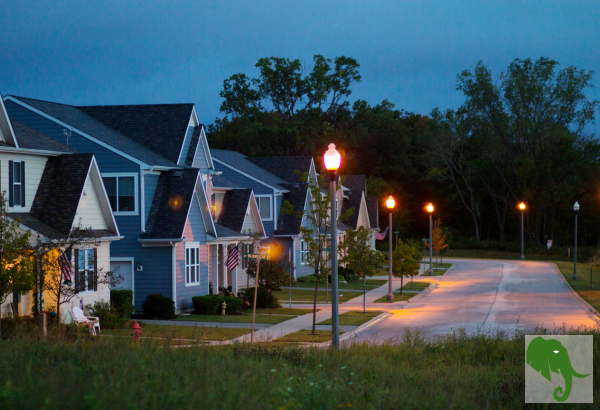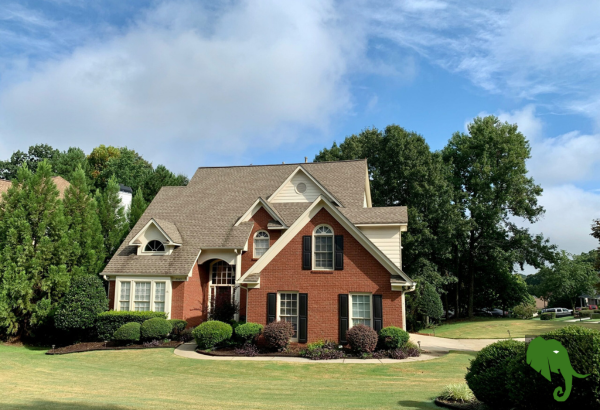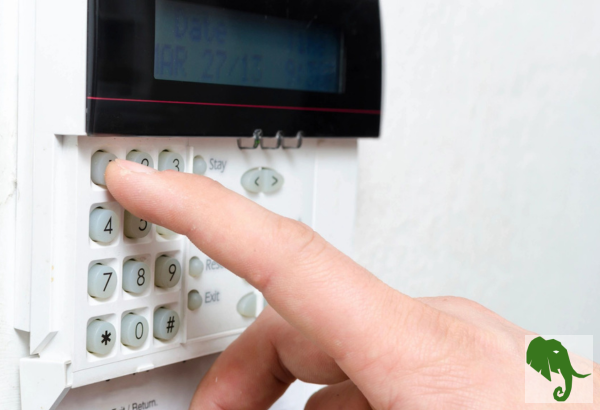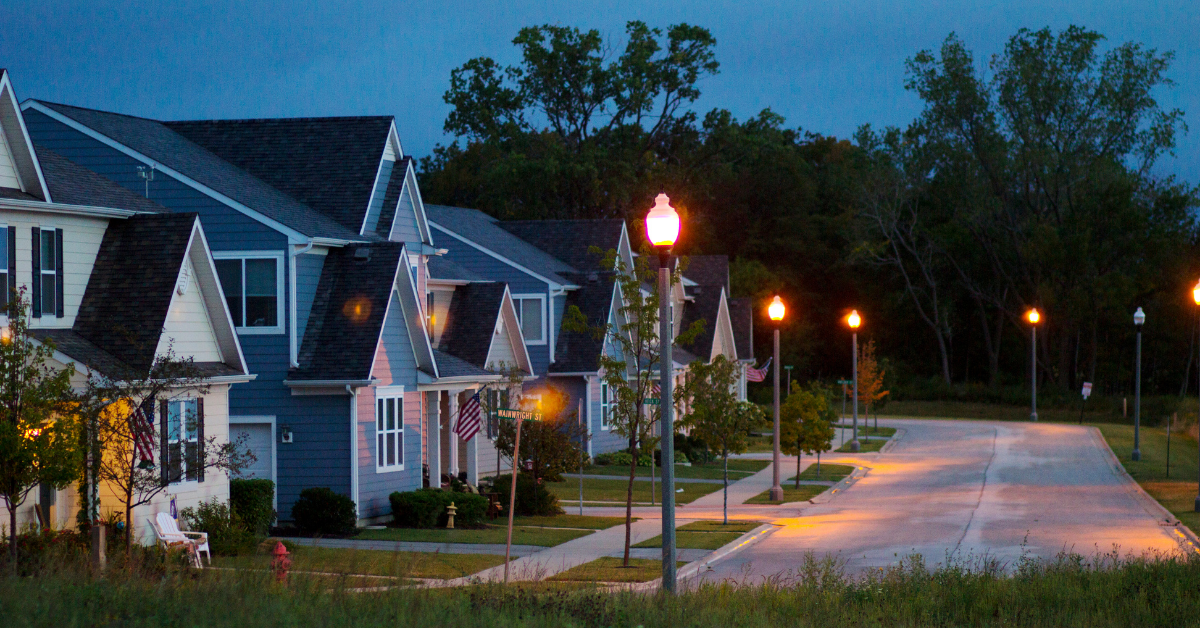
Some of our previous blogs focused on personal safety, a few in particular discussed safety around the home. We’ve covered topics like Enhancing Security Outside Your Home and Enhancing Security Inside Your Home, offering practical tips for home security. We also posted a podcast on How to Make Your Home More Secure. Now, we’re extending the conversation to community safety, which emphasizes prevention, care, and connection. We’ll discuss proactive efforts communities can take, how fostering a culture of safety and inclusion plays a critical role in keeping everyone secure and starting a community watch program.
Proactive Efforts
Proactive efforts begin with awareness and education. It’s essential to stay informed about the common risks and potential threats that may affect your neighborhood. This can involve attending local safety meetings, engaging with local law enforcement, or participating in community forums where information about recent incidents or safety tips is shared. By staying educated, you can better understand how to protect your home and contribute to the safety of the entire community.
Another proactive approach involves enhancing the physical security of the neighborhood. This might include organizing a neighborhood clean-up to remove potential hiding spots for criminals, encouraging the installation of outdoor lighting on all homes, and advocating for the maintenance of public spaces to ensure they are well-lit and free from obstructions. These physical improvements not only deter criminal activity but also instill a sense of pride and ownership among residents.
Our personal well-being is deeply connected to the safety of our communities, making it crucial to understand how we can actively contribute to a safer neighborhood. Creating a safe community starts with individual actions within our own homes, but it extends far beyond that. While locking doors and windows is a fundamental step, true community safety is built through collective proactive efforts that engage every resident.
Know Your Neighbors
One of the most impactful proactive steps is building relationships with your neighbors. Knowing your neighbors fosters a sense of trust and accountability, which is vital for a secure community. If you are new to a neighborhood, take the time to introduce yourself and discuss ways to look out for one another. Joining a community webpage or social media group can help you stay informed about local events and concerns, ensuring everyone is on the same page when it comes to safety.
Improve Lighting Around Your Home
When I first moved into our home, the area at the end of our driveway where our mailbox is, was very dark. Our street only had one incandescent light fixture that had a yellow dull glow. The area outside of our home was not very lit. One of the first things I did once we were settled was to contact the local power company and had them install an LED light fixture on the pole near our driveway. The other was to replace bulbs in the fixtures around our home with LED lights and install fixtures where more light was needed. If your situation is similar to this, these are easy steps to improve lighting around your home.
In our blog Enhancing Security Outside Your Home there are more ideas on how to enhance your exterior lighting. If you have not already read that blog, please do so, there is a lot of good information.
Install Security Cameras
One of my favorite pastime activities is to go on YouTube to watch videos on crimes or events captured on home security cameras. You know, those videos of dumb criminals knocking on the door with a doorbell camera recording them. Security cameras can deter intruders and provide evidence when a crime happens. Some systems offer neighbors to communicate with each other that have the same system. Homes on a street, neighborhood and community with exterior security cameras can provide a security network to deter criminals. If your community or neighborhood has an HOA, neighborhood security cameras can provide additional coverage for the streets and common areas in your neighborhood.
By taking these proactive steps—staying informed, building relationships, enhancing physical security, and utilizing technology—you can contribute to a safer, more connected community where everyone plays a role in protecting one another.
Fostering a Culture of Safety
The proverb “It takes a village” suggests that children grow up healthier and happier when supported by an entire community. This idea emphasizes that a collective effort from the community is essential for children to thrive in a safe and nurturing environment. But this concept doesn’t only apply to raising children—it also applies to creating a secure neighborhood for everyone.
I believe it takes an entire community to foster a safe and secure environment. The term “collective efficacy” describes the ability of community members to work together to regulate the behavior of individuals and groups, ultimately ensuring the safety of all residents. This involves more than just monitoring children playing in public areas; it extends to being vigilant about unfamiliar faces or unusual activities in the neighborhood. For example, knowing your neighbors can help you identify whether someone should be at a particular home while its residents are away. By staying connected and looking out for one another, a community can build a strong foundation of trust and safety.
In order to work neighbors have to trust each other and work together. Not all residents will be willing to be involved in a community fostering a culture of safety, and that is okay. However, these residents will still benefit from a safe environment the community is trying to create.
Community Watch
We’ve discussed proactive steps individual homeowners can take to enhance security, but if your neighborhood lacks an HOA or other formal organizations, starting a community watch could be a valuable next step. A community watch not only increases security but also fosters accountability and strengthens relationships between neighbors, creating a more connected and vigilant community. By encouraging regular communication and collaboration among residents, a community watch helps to build trust, ensure that everyone is aware of potential threats, and foster a culture of safety and mutual support. This initiative can also serve as a platform for organizing other safety-related activities, such as emergency preparedness drills or neighborhood clean-up events, further contributing to the overall well-being of the community.
Conclusion
In conclusion, community safety truly “takes a village.” While individual efforts like securing your home and improving lighting are essential, the collective actions of a community are what create a truly safe environment. By knowing your neighbors, fostering a culture of safety, and potentially starting a community watch, you can contribute to a neighborhood where everyone feels secure and supported. Remember, the strength of a community lies in its unity—when neighbors come together with a shared commitment to safety, the entire neighborhood thrives.
Related Content

How to Make Your Home More Secure
Overview Season 1, Episode 7 We dive deep into practical and actionable strategies to make your home more of a fortress of safety. We take …

Enhancing Security Outside Your Home
In this two-part series, we’ll explore practical ways to enhance safety and security in and around your home. This post focuses on exterior measures you …

Enhancing Security Inside Your Home
This is the second post in our series on making your home safer. We covered making the exterior of your home more secure in our first …

Read other OwnGuard Solutions blog posts
Read our other posts centered around being safer and better prepared.

